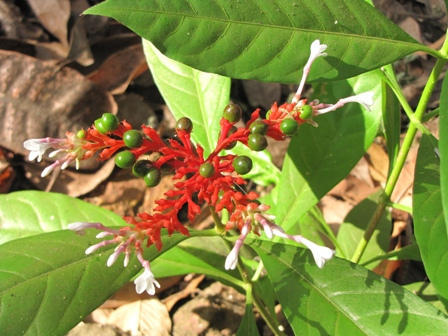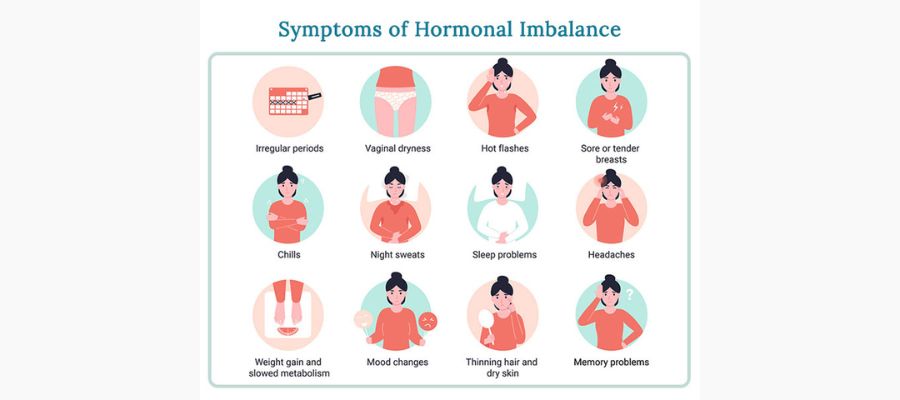
SCIENTIFIC NAME: Rauwolfia serpentina
HINDI NAME: Sarpagandha
ENGLISH NAME: Indian snakeroot, Serpentina root
FAMILY: Apocynaceae
SHORT DESCRIPTION
Balances vata and kapha doshas while strengthening pitta dosha, hence maintaining tridoshic equilibrium. The root possesses a dry quality, as well as an innate heat-inducing property, and an essentially bitter taste. Although all parts of the plant have therapeutic properties, the roots of Sarpagandha are mostly used for internal use, while the leaves are integrated into herbal pastes for external treatment.
USES & HEALTH BENEFITS
- Cures high blood pressure
- Effective in insomnia, anxiety
- Improves asthma
- Aids in the relief of acute stomach pain
- Helps in neuropsychiatric disorders, psychosis, and schizophrenia
- Treats high-grade fever
- Wound healing action
- Anti-inflammatory action
- Sedative action
PRECAUTIONS & SIDE EFFECTS
- To avoid any unwanted side effects like loss of appetite, nausea, vomiting, and swelling in the lower legs, it is strongly advisable to check with an Ayurvedic doctor before using Sarpagandha for any disease.
- A patch test for hypersensitivity is a must before using it for local applications.
- Those suffering from renal problems, hyperacidity, or depression should not take it.
HOW TO USE
- The highest dose for controlling high blood pressure situations is 250 mg – 2 g per day in split portions or as prescribed by an Ayurvedic professional.
- Taking 250 mg – 1 g per day in equally split amounts is the maximum dose for relieving insomnia and anxiety problems, either as a pure mixture or coupled with ghee for greater outcomes.









